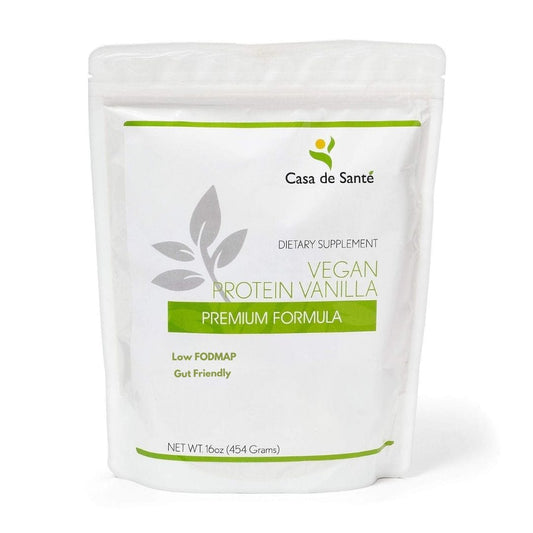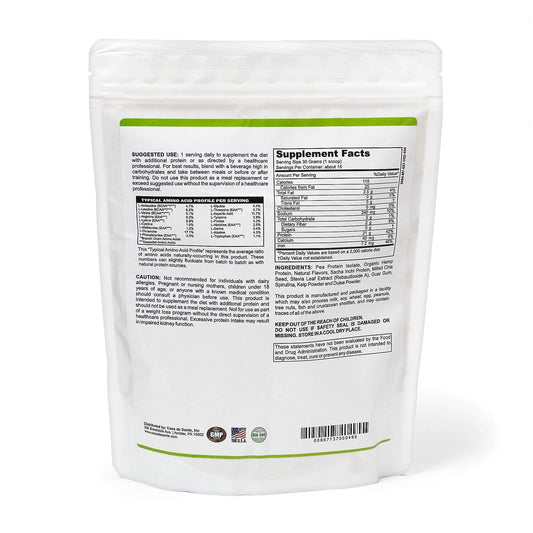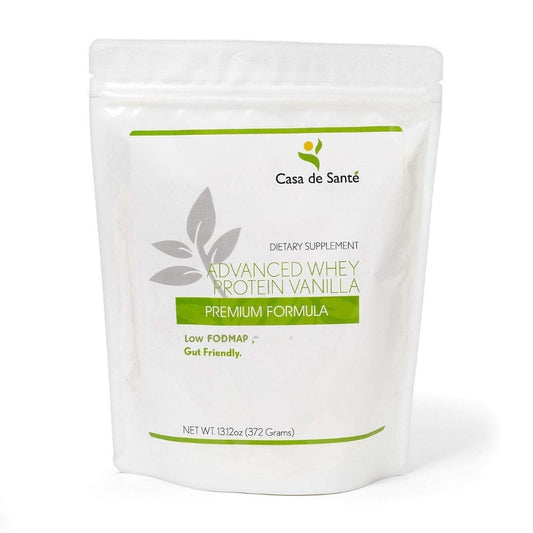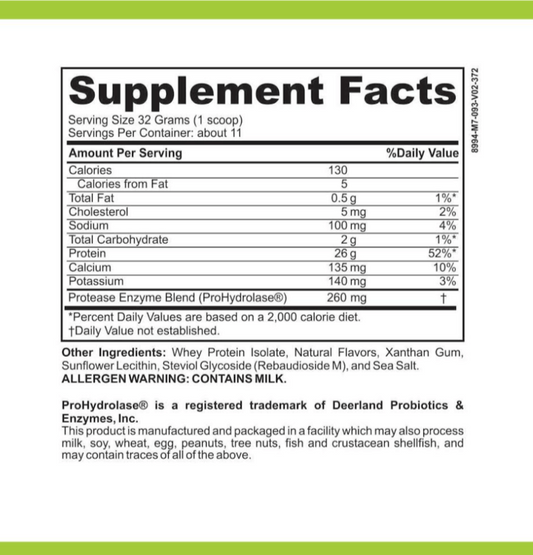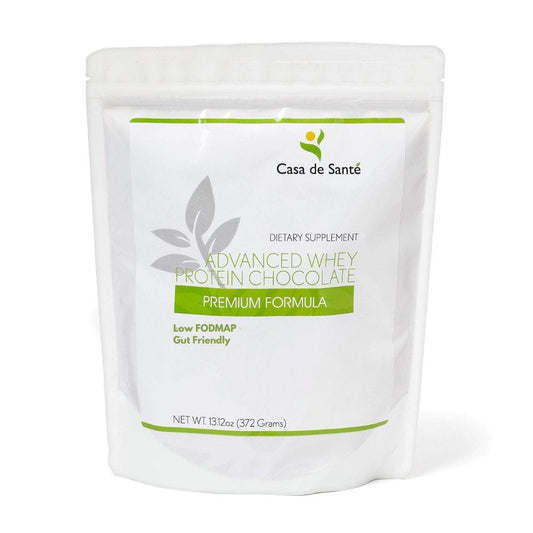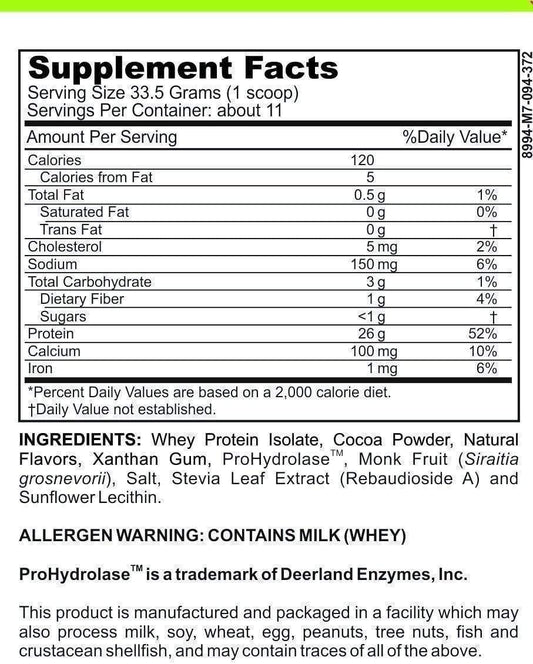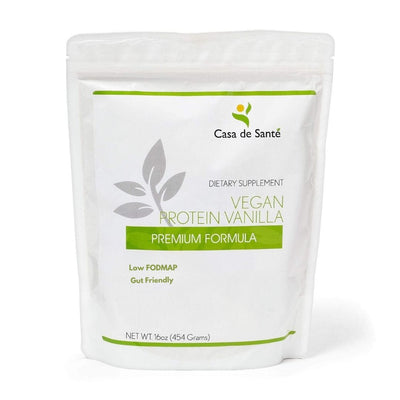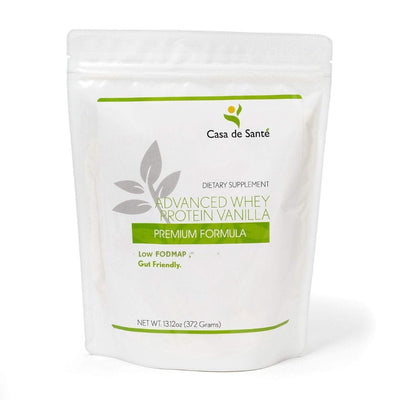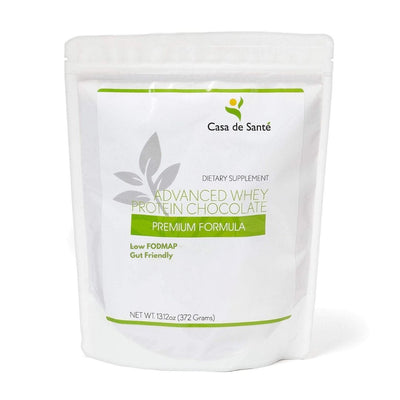Cleansing Enzymes: The Gentle Way to Exfoliate and Renew Your Skin for a Brighter Complexion
I've always been curious about what really makes my skin feel fresh and renewed after a good cleanse. Lately, I've discovered that cleansing enzymes are the secret behind that smooth, glowing look so many people crave. Unlike harsh scrubs, these natural molecules work gently to break down impurities and dead skin cells without stripping away moisture.
Using enzyme-based cleansers feels like giving my skin a reset button. They're especially great for anyone who wants a mild yet effective way to keep their complexion clear and bright. With so many options out there, it's easy to see why cleansing enzymes are becoming a staple in skincare routines everywhere.
What Are Cleansing Enzymes?
Cleansing enzymes are biologically active proteins that catalyze the breakdown of debris and dead skin cells on the skin’s surface. I’ve found that these enzymes, such as papain from papaya and bromelain from pineapple, target specific proteins holding dull skin cells together. By disrupting these protein bonds, enzymes gently loosen buildup without physically scrubbing the skin.
Sources of these enzymes include fruits, plants, and some fermentation processes. Clinical research identifies enzymes like papain, bromelain, and subtilisin as effective keratolytic agents, supporting smoother texture and pore clarity (International Journal of Cosmetic Science, 2018). Unlike acids, which dissolve glue-like substances indiscriminately, enzymes interact only with loosely attached surface proteins. This selective action leads to gentle exfoliation with minimal risk of irritation.
Enzyme cleansers appear in powder, gel, and creamy cleanser formulas. I notice they often blend with humectants or mild surfactants to keep skin hydrated during the cleansing process. Used regularly, these products contribute to healthier, brighter skin by continuously removing metabolic waste and microscale impurities.
How Cleansing Enzymes Work
Cleansing enzymes act on the skin’s surface by breaking down proteins, oils, and dead skin cells. I use these enzymes to remove buildup while avoiding the irritation associated with mechanical scrubs or aggressive acids.
The Science Behind Enzymatic Cleansing
Enzymatic cleansing relies on protein-based molecules called proteases. Scientists like Zhang (2021) document that these enzymes hydrolyze peptide bonds in the proteins that anchor dead cells to the skin’s stratum corneum. By loosening these connections, cleansing enzymes such as papain and bromelain gently detach dull cells and allow them to rinse away. I see that enzyme activity targets only superficial debris, so the skin’s living tissue remains undisturbed. Published research supports that this selective action preserves the integrity of the skin barrier while increasing clarity and smoothness.
Types of Enzymes Used in Skincare
I commonly encounter these enzymes in skincare applications:
- Papain: Sourced from papaya fruit, papain digests keratin proteins and helps lift dead skin. Studies by Bhattacharyya (2008) confirm its effectiveness as a gentle exfoliant.
- Bromelain: Extracted from pineapple stems, bromelain dissolves protein-based impurities. Its anti-inflammatory properties also support calm, clear skin, as detailed in the Journal of Clinical Biochemistry.
- Subtilisin: Fermented by Bacillus bacteria, subtilisin mimics the activity of the skin’s natural enzymes. I find it especially useful for sensitive or fragile skin.
- Ficin: Derived from figs, ficin breaks down surface debris, supporting smoother skin texture without over-drying.
These enzymes often blend with mild surfactants or hydrating agents. This combination allows me to cleanse efficiently while safeguarding moisture levels and reinforcing a balanced skin microbiome.
Benefits of Cleansing Enzymes for the Skin
Cleansing enzymes support skin renewal by delivering targeted exfoliation and maintaining optimal hydration. I rely on these ingredients for a gentler approach to smooth, radiant skin.
Gentle Exfoliation
Cleansing enzymes provide mild exfoliation by breaking down proteins that bind dead skin cells together. I find enzyme cleansers using papain from papaya or bromelain from pineapple refresh my skin without abrasive scrubbing. Research documents that proteolytic enzymes hydrolyze peptide bonds in corneocyte proteins, which facilitates the natural shedding of dead skin with lower irritation risk compared to strong acids or physical exfoliants (source: International Journal of Cosmetic Science, 2019). I notice less redness and tightness after using enzyme-based exfoliators, making them suitable for sensitive or reactive skin types.
Improved Skin Texture and Radiance
Cleansing enzymes visibly boost skin texture and radiance by encouraging gentle cell turnover. Routine use leaves my complexion smoother, softer and more even-toned. Clinical studies show that enzymatic exfoliation improves tactile roughness, increases luminosity, and reduces dullness in as little as four weeks (source: Journal of Dermatological Treatment, 2020). Selective protein removal helps me achieve a brighter, fresher appearance while supporting a healthy skin barrier and minimizing over-drying.
How to Use Cleansing Enzymes Effectively
Cleansing enzymes work best with correct application and mindful routines. My approach ensures gentle removal of dead skin and debris while supporting skin hydration and clarity.
Application Tips
I start by dampening my face with lukewarm water to prepare the surface for enzyme activity. I apply a small amount of enzyme cleanser—powder, gel, or cream—onto my fingertips, then massage it evenly over my face in light, circular motions. Even coverage across targeted areas, such as the T-zone, cheeks, and chin, optimizes the interaction between the enzymes and keratinized proteins. I let the product sit for one to two minutes, giving enzymes like papain or bromelain time to break down dead cells. I rinse thoroughly with water, ensuring no residue remains, which can otherwise lead to irritation. I always follow with a hydrating toner or moisturizer to lock in moisture and rebalance my skin barrier.
Frequency and Safety Considerations
I use enzymatic cleansers two to three times per week, which aligns with dermatologist recommendations for gentle exfoliation (Journal of Cosmetic Dermatology, 2021). If my skin's sensitive, I start with once weekly and adjust as needed. I avoid combining enzyme treatments with strong acids, retinoids, or abrasive scrubs during the same routine to reduce risk of irritation. I check for signs of redness or tightness after each use, pausing use and consulting a professional if persistent discomfort occurs. When used as directed, cleansing enzymes accommodate most skin types, including dry and reactive skin, by minimizing disruption to the skin's barrier and reducing inflammation (International Journal of Molecular Sciences, 2020).
Top Cleansing Enzyme Products Reviewed
Cleansing enzyme products offer targeted surface renewal, making them a staple when I want mild yet thorough exfoliation. I’ve reviewed the primary formula types and the key factors that signal quality in enzyme-based cleansers.
Popular Formulas on the Market
Powder cleansers with papain, bromelain, or subtilisin activate on contact with water and deliver controlled exfoliation by dissolving dead skin cells selectively. Gel enzyme cleansers often combine papain or ficin with hydrating agents like glycerin, ensuring gentle texture refinement while retaining moisture. Creamy formulas typically blend fruit-derived enzymes with ceramides or hyaluronic acid, balancing exfoliation with barrier support—a preferred choice for dry or reactive skin. Multi-enzyme powders frequently contain both proteases and lipases for debris removal across different molecular classes. Each of these options targets protein bonds or surface lipids for efficient cleansing, minimizing the risk of over-exfoliation or irritation if enzymes are present at concentrations under 1%.
What to Look for in a Quality Product
I focus on the enzyme source, formulation environment, and supporting ingredients when evaluating enzyme cleansers. Plant- or fermentation-derived proteases, such as papain or bromelain, provide reliable activity and lower allergy risk, according to research published in the Journal of Cosmetic Dermatology. A stable pH between 4 and 6 ensures enzymatic activity aligns with skin’s natural state, based on clinical recommendations. Inclusion of humectants (glycerin or hyaluronic acid) and mild surfactants sustains skin hydration while decreasing the likelihood of post-cleansing dryness. I avoid products listing high alcohol or aggressive surfactant content, which compromise the integrity of the skin barrier. Batch stability and enzyme shelf-life matter, since enzymes degrade in the presence of light, heat, and oxygen. When ingredient lists include chelating agents like disodium EDTA and robust preservation systems, enzyme activity tends to remain consistent over time.
Potential Side Effects and Considerations
Cleansing enzymes generally deliver mild exfoliation, yet some side effects occur under certain conditions. I sometimes notice mild redness or transient stinging after enzymatic cleansing, especially if my skin's barrier feels compromised. Clinical research notes that irritation frequency increases when enzyme cleansers combine with acids or scrubs (J Dermatolog Treat. 2020;31(3):292-297).
Overuse of proteolytic enzymes, like papain or bromelain, sometimes disrupts the skin microbiome, leading to dryness or sensitivity. I avoid daily use and limit applications to two or three sessions per week, consistent with dermatologist recommendations for healthy barrier maintenance (Skin Pharmacol Physiol. 2019;32:179-185).
Allergic reactions, while rare, occur in some users sensitive to certain fruits or plant sources. I always perform a patch test behind my ear or on the inside of my wrist when trying a new enzyme-based cleanser. Common allergic symptoms include increased redness, swelling, itching or rash at the application site.
Product formulation impacts tolerance. I select enzyme cleansers formulated with humectants and mild surfactants, reducing risk of dehydration and barrier impairment. Formulas with low pH, stable enzyme activity, and no harsh solvents support skin comfort, particularly in those prone to sensitivity.
Interaction with other actives poses another risk. When I use retinoids, strong acids, or prescription exfoliants, I space my enzyme cleansing on alternate days to minimize cumulative irritation, based on consensus from multiple dermatological sources.
Contraindications exist for open wounds, inflammatory skin conditions (such as active eczema or rosacea flares), and recent invasive cosmetic procedures. I postpone enzymatic exfoliation during these periods to avoid exacerbating skin damage or delay in healing outcomes.
| Side Effect | Likelihood | Example Trigger | Mitigation Method |
|---|---|---|---|
| Redness or stinging | Occasional | Overuse, barrier compromise | Reduce frequency, apply gentle formula |
| Dryness or sensitivity | Sometimes | Daily use, harsh surfactants | Limit usage, select hydrating ingredients |
| Allergic reaction | Rare | Fruit enzyme source (e.g. papain) | Patch test, check for known allergies |
| Exacerbation of disease | Increased risk | Eczema, wounds, rosacea | Discontinue during flares or lesions |
Key Takeaways
- Cleansing enzymes provide gentle yet effective exfoliation by breaking down dead skin cells and impurities without irritating or stripping the skin’s moisture barrier.
- Common enzymes in skincare, such as papain (from papaya) and bromelain (from pineapple), are ideal for sensitive or easily irritated skin types compared to harsh scrubs or acids.
- Regular use of enzyme-based cleansers can improve skin texture, clarity, and radiance while reducing the risk of redness and over-drying.
- For best results, enzyme cleansers should be used two to three times per week and always followed by hydrating products to maintain skin balance.
- Choose quality enzyme cleansers formulated with plant-derived enzymes, stabilizing agents, and hydrating ingredients to optimize benefits and minimize side effects.
- Patch testing is recommended to avoid potential allergic reactions, and enzyme cleansers should be avoided on broken or inflamed skin.
Conclusion
I’ve found that cleansing enzymes offer a gentle yet effective path to clearer and more radiant skin. Their unique ability to exfoliate without irritation has made them a staple in my skincare routine. By choosing the right formula and using it thoughtfully I can enjoy smoother texture and a healthy glow without compromising my skin’s natural barrier.
For anyone looking to upgrade their cleansing routine I highly recommend giving enzyme cleansers a try. With the right product and mindful use you’ll notice a real difference in how your skin looks and feels.

